December 17th marks the 112th anniversary of the Wright brothers’ first flight in 1903, a relatively recent innovation in the scale of human history, but one that has so changed our world and cultural landscape.
It is probably not surprising that the largely self-taught Wright brothers would have reached out to the Smithsonian Institution as they researched ways to achieve human flight, especially considering then-Secretary Samuel P. Langley’s own interests in aviation—and ultimately abortive attempts to achieve manned flight himself with his Aerodrome. Wilbur’s first letter to the Smithsonian, dated May 30, 1899, respectfully requests information about Smithsonian publications on aviation and the possibility of human flight, which must have attracted Secretary Langley’s notice. A correspondence developed between them as both parties worked to build the first successful flying machine.
As their letters continued and it became clear they were competing to achieve the same goal, the Wrights became cagier—though ever cordial—about their developments. Letters from October 20 and November 7, 1902, make it clear they were wary of sharing information with Secretary Langley, dissuading him from visiting them at Kitty Hawk and making excuses to avoid paying a call to him in Washington on their way back to Ohio. Langley’s responses largely survive in letterpress copies, which I glimpsed during a recent digitization project focusing on his records related to aviation.
All came to a head when the Wrights announced their success. Langley was bitterly disappointed to have been beaten, and matters did not improve when the Smithsonian displayed one of Langley’s aircraft as having been capable of flight before the Wright brothers’ achievement. Eventually a reconciliation took place, and the 1903 Wright Flyer today features prominently at the National Air and Space Museum. More details on the dispute can be found on our website.
Langley with His Aerodrome. Samuel P. Langley (1834-1906), astrophysicist and third Secretary of the Smithsonian Institution (1887-1906) stands at front left with a group of men under his "Aerodrome" or flying machine before its test launching off a houseboat. Record Unit 95, Box 15, Folder 9A.
Langley Aerodrome in Flight. Aerodrome designed by the third Smithsonian Secretary, Samuel Pierpont Langley (1834-1906), on one of its brief, unsuccessful, test flights along the Potomac River. Aerodrome is twisting and falling into the river after take-off from the boat nearby. Record Unit 95 Box 15 Folder 9A.
Aerodrome in Work Area. One of Samuel P. Langley's Aerodromes propped up on saw horses in a work area, probably the shed in the South Yard behind the Smithsonian Institution Building or Castle. Record Unit 95, Box 52, Folder 2.
The Wright Brothers First Flight at Kitty Hawk, North Carolina. The first flight on December 17, 1903, at Kitty Hawk, North Carolina with Orville Wright at the controls of the Wright Flyer. The plane flew for 12 seconds and a distance of 120 feet. Record Unit 95, Box 25, Folder 41.
Portrait of Samuel P. Langley. Samuel Pierpont Langley (1834-1906), astrophysicist and third Secretary of the Smithsonian, 1887-1906, in his cap and gown. Record Unit 95, Box 15, Folder 3.
Langley Medal Awarded to the Wright Brothers. The first Samuel P. Langley Medals for Aerodromics were awarded to Wilbur and Orville Wright in 1909. One of these medals is pictured here with both the front and back of the medal shown. Record Unit 95, Box 66, Folder 7.
Orville Wright. Orville Wright, one of the co-inventors of the first aircraft. The Wright Brothers wrote to Smithsonian Secretary Samuel P. Langley for advice on inventing flying machine early in their work. Record Unit 95, Box 25, Folder 41.
Wilbur Wright. Wilbur Wright, one of the co-inventors of the first aircraft. The Wright Brothers wrote to Smithsonian Secretary Samuel P. Langley for advice on inventing flying machine early in their work. Record Unit 95, Box 25, Folder 41.
Old Exhibits, Original Wright Brothers Aeroplane of 1903. Acc 000549, Box 2, Folder 21.
S.P. Langley's Steam-driven Aerodrome No. 5. S.P. Langley's Steam-driven Aerodrome No. 5 in flight May 6, 1896. From Instantaneous Photograph by A. Graham Bell. The first flight of a heavier-than-air machine propelled by its own power. Acc 000095, Box 15, Folder 9-B.
Letter from the Wright brothers to the Smithsonian Institution, May 30, 1899.
Letter from the Wright brothers to the Smithsonian Institution, May 30, 1899.
Related Resources
"The Wright Brothers: The Invention of the Aerial Age," National Air and Space Museum
"1903 Wright Flyer," National Air and Space Museum
Related Collections
Record Unit 7003, Samuel P. Langley Papers (1866-1906, 1909, 1914, 1942), Smithsonian Institution Archives.


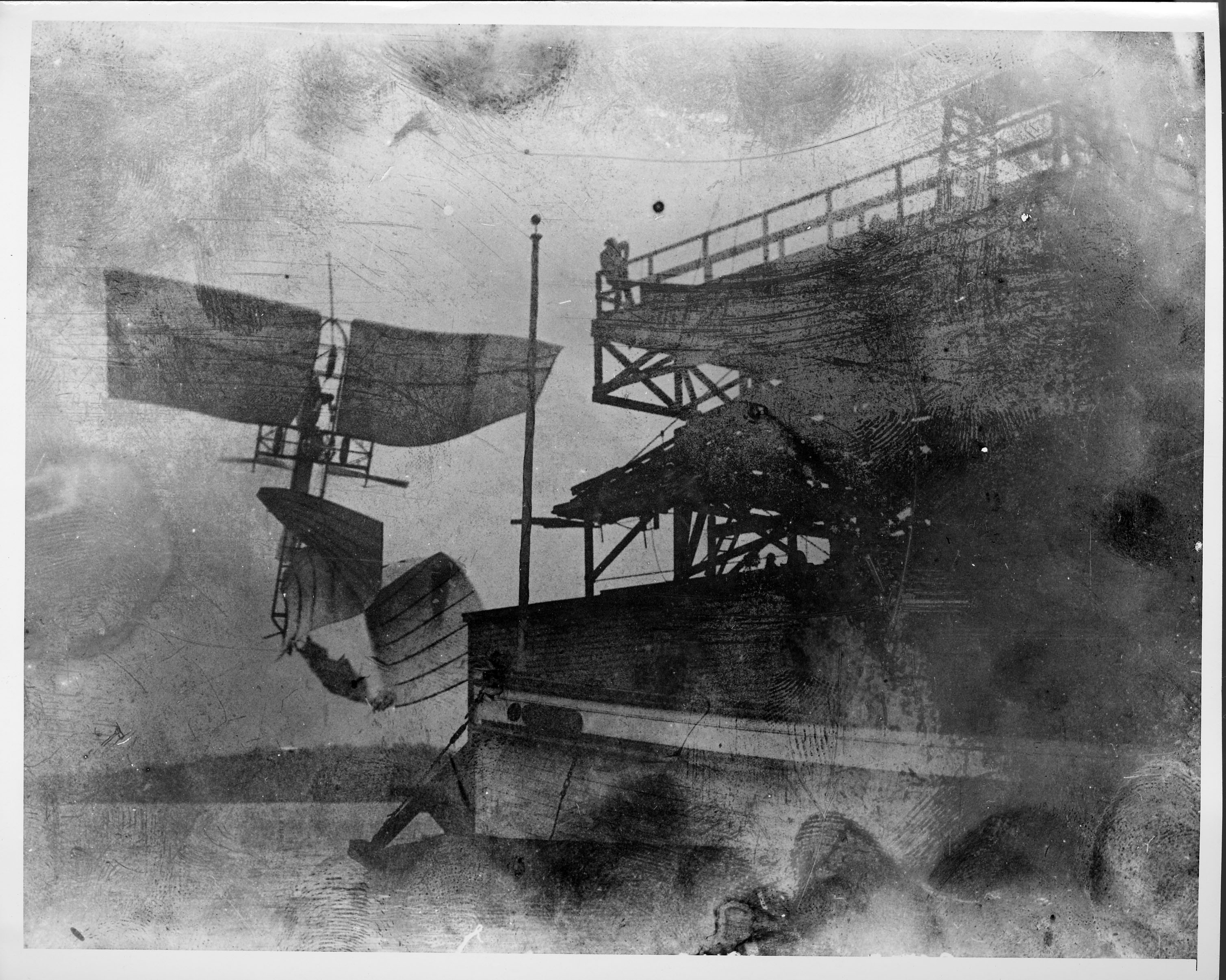
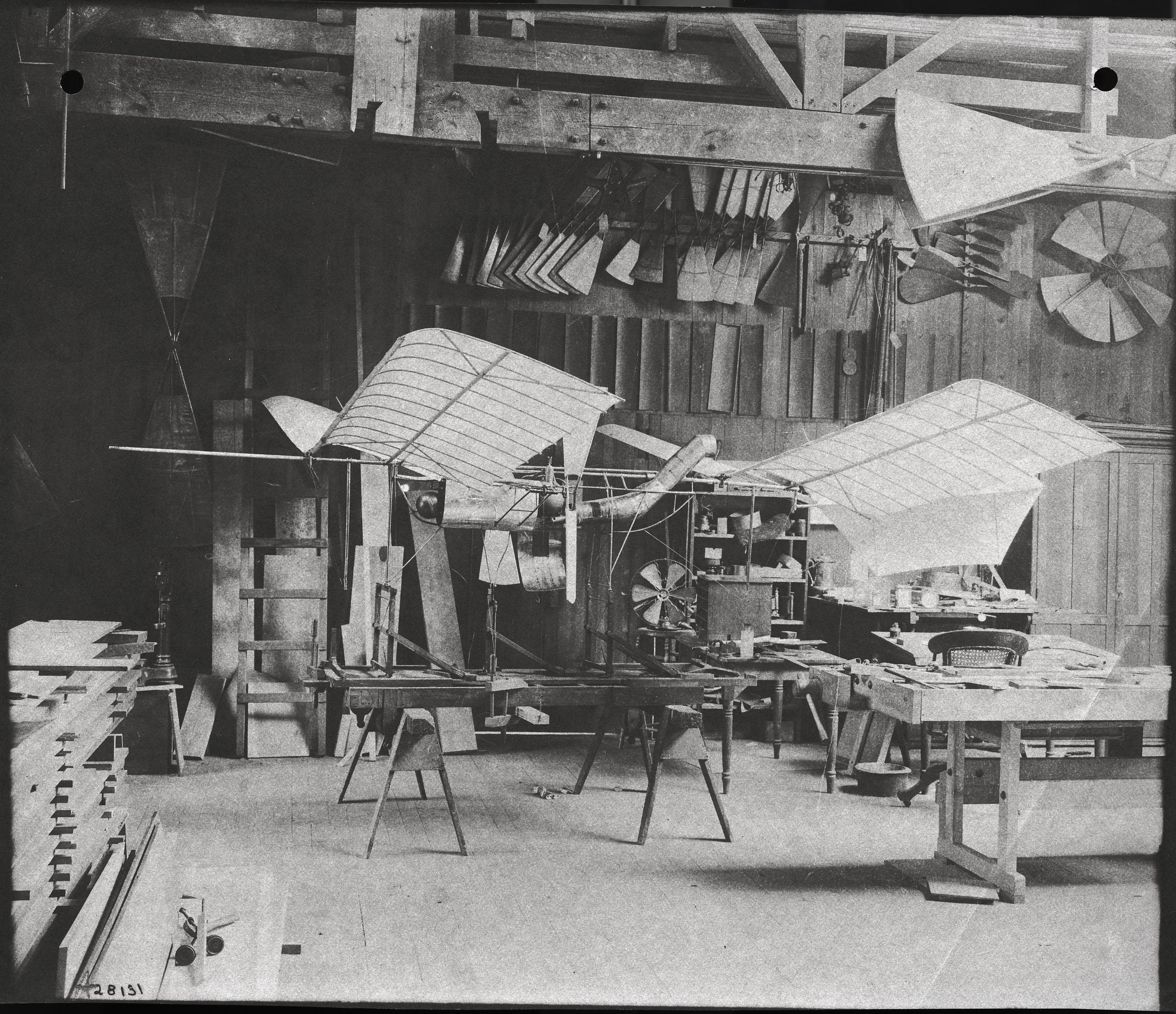
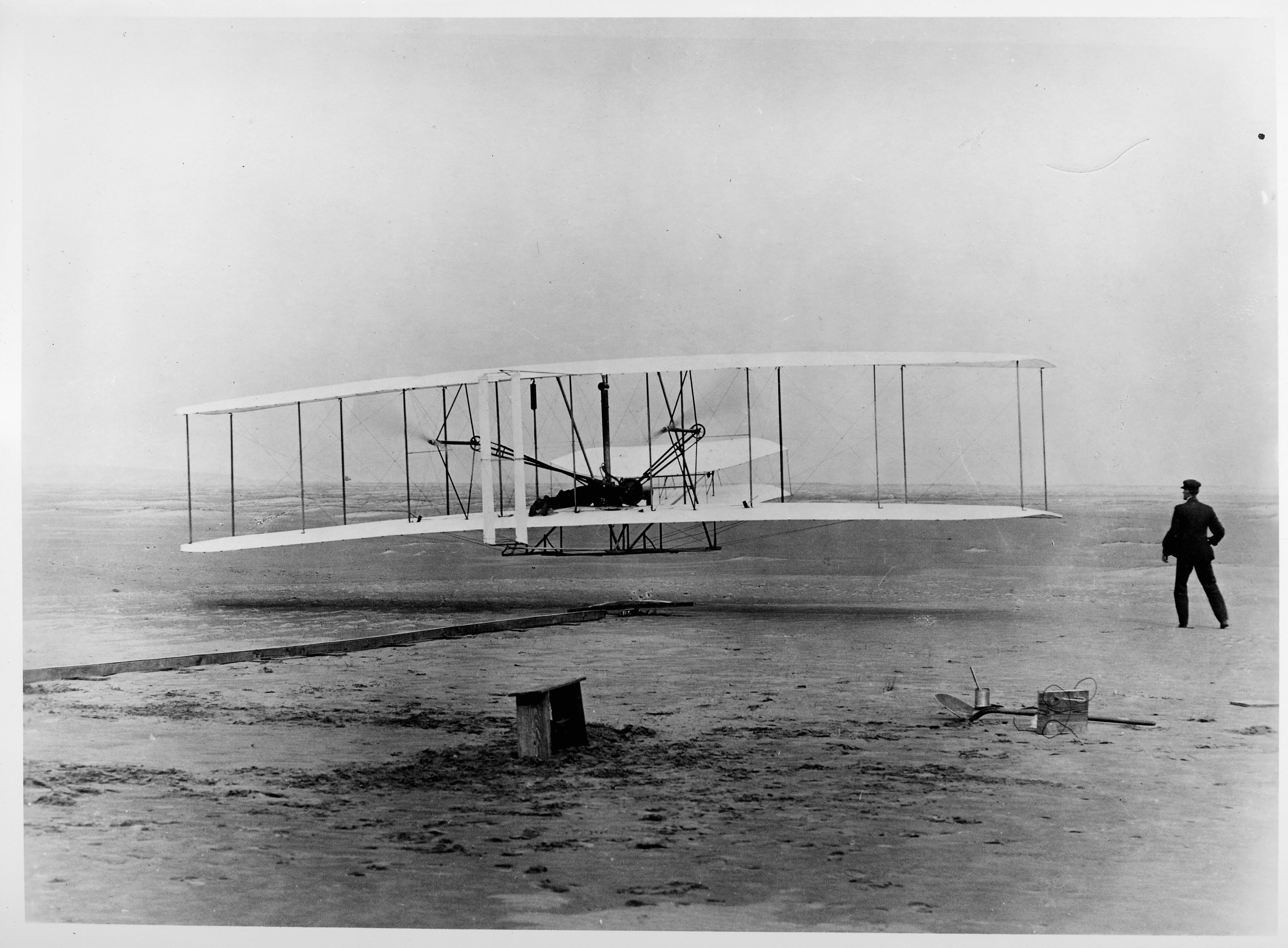

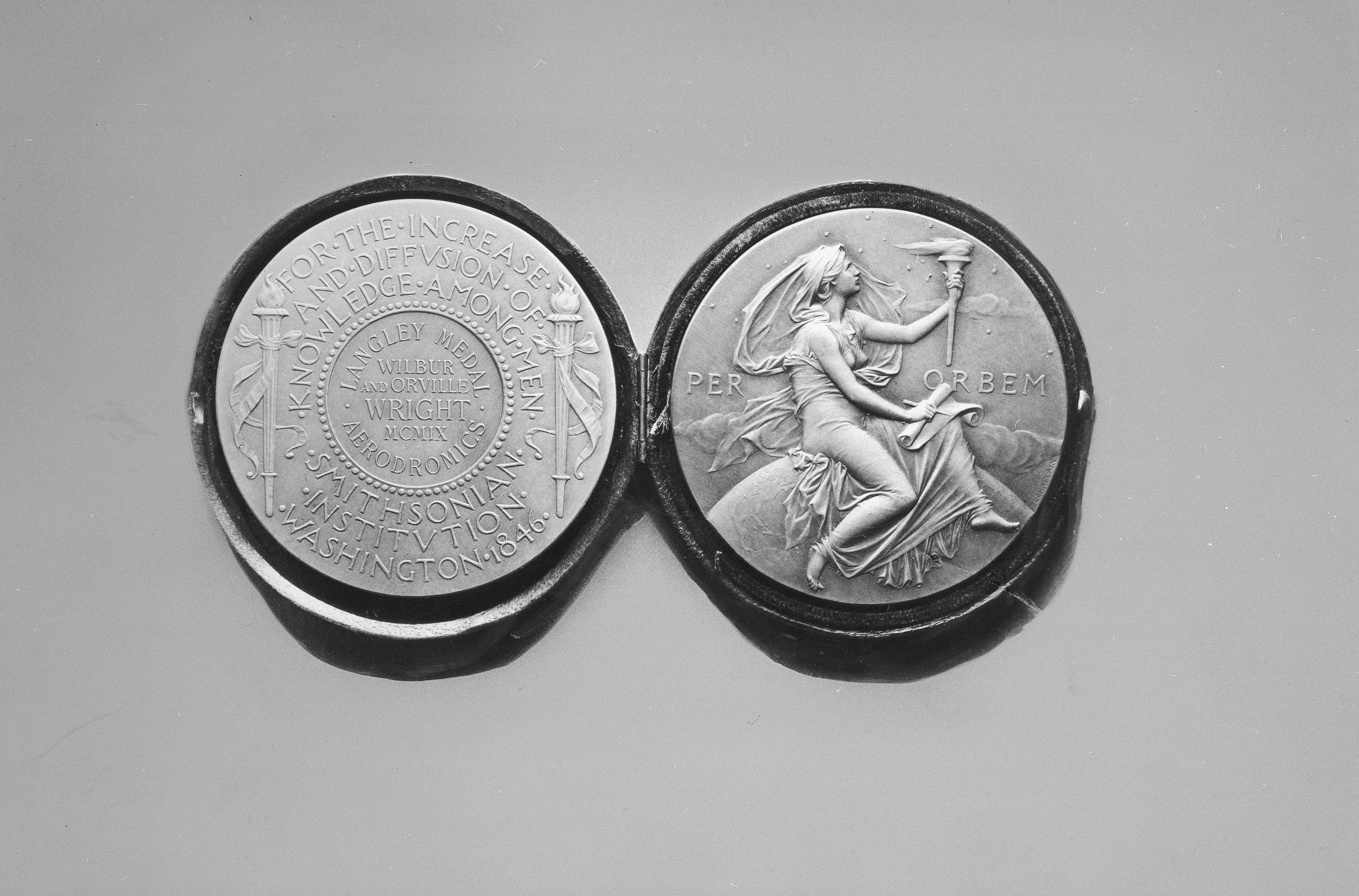

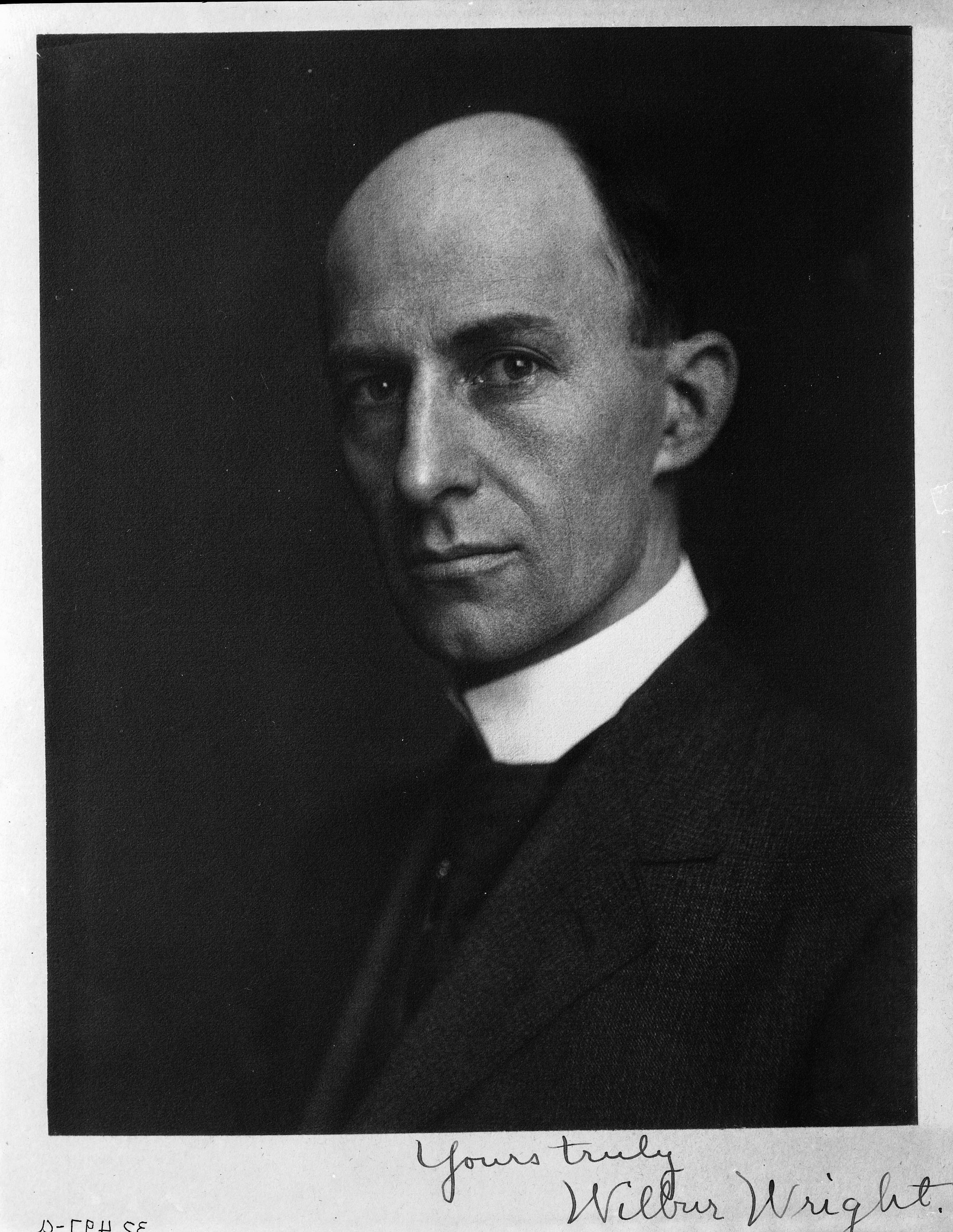
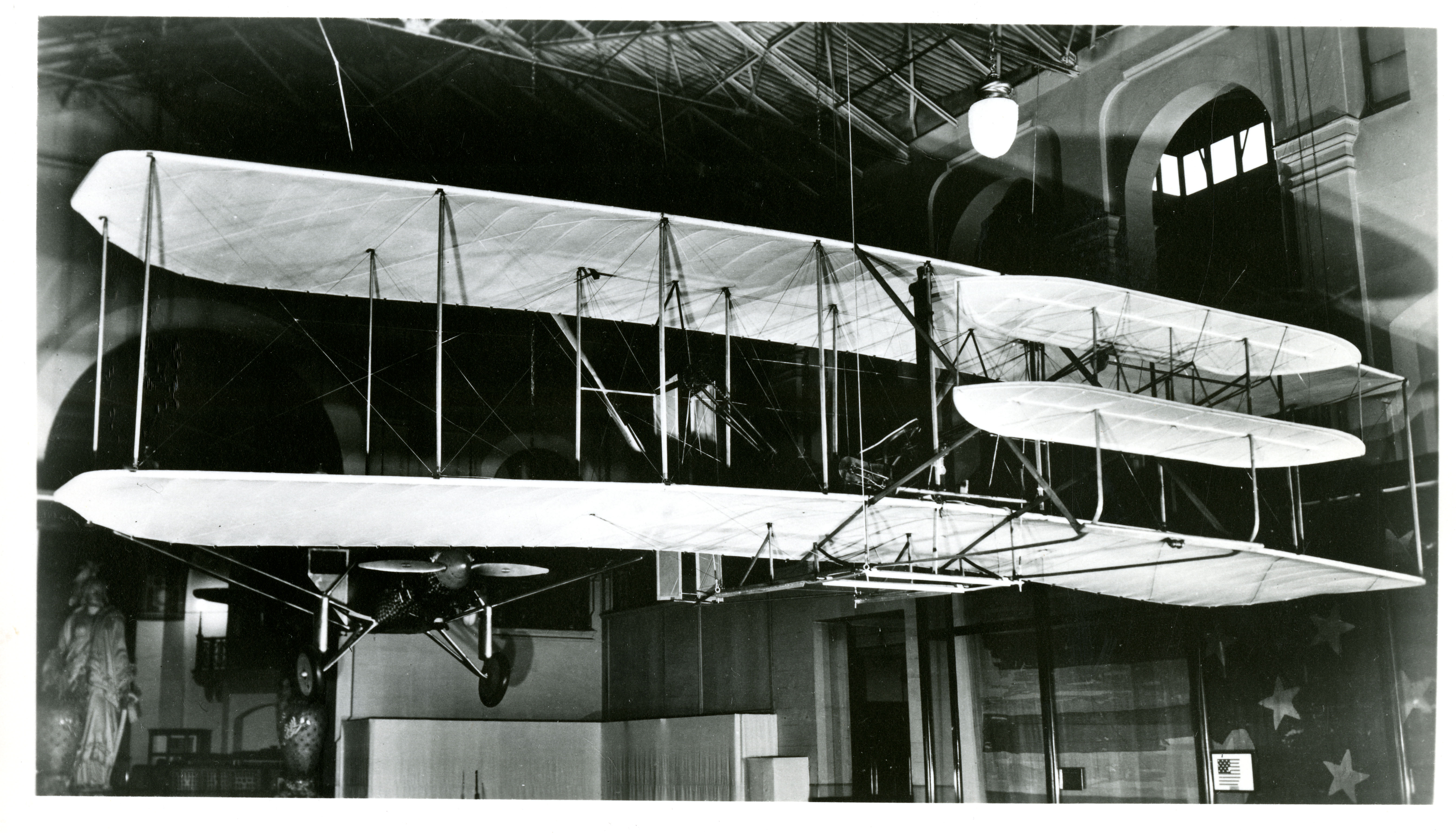

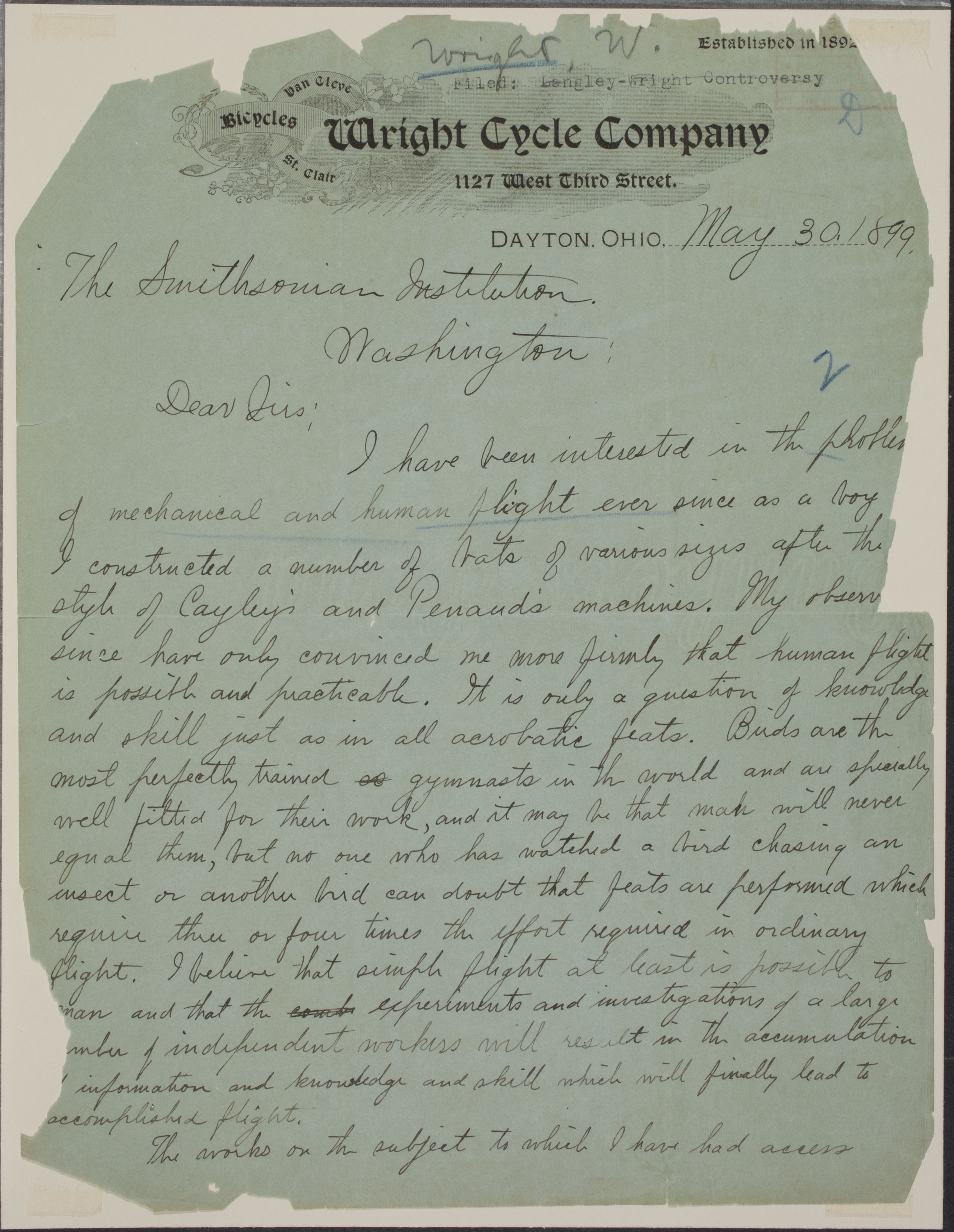

Leave a Comment